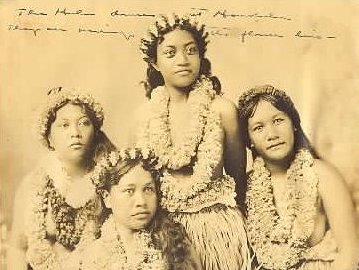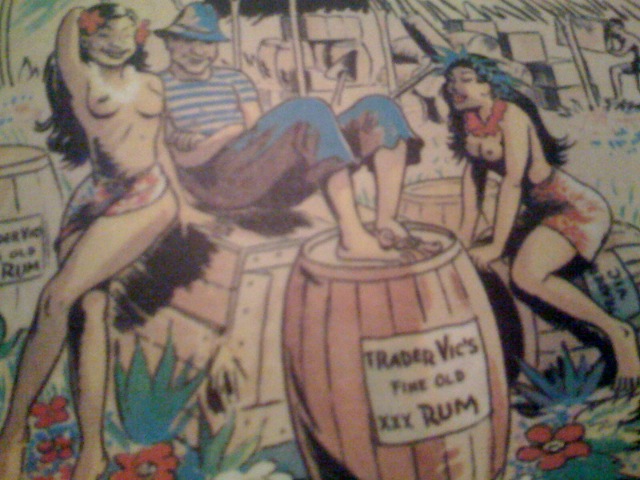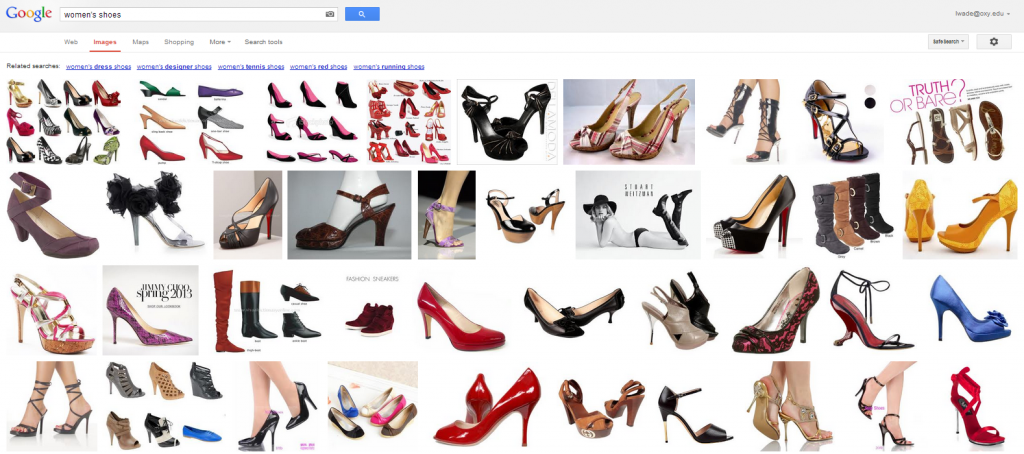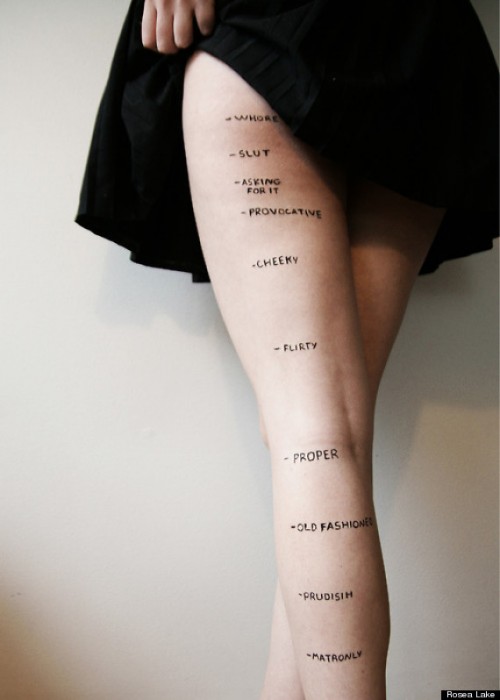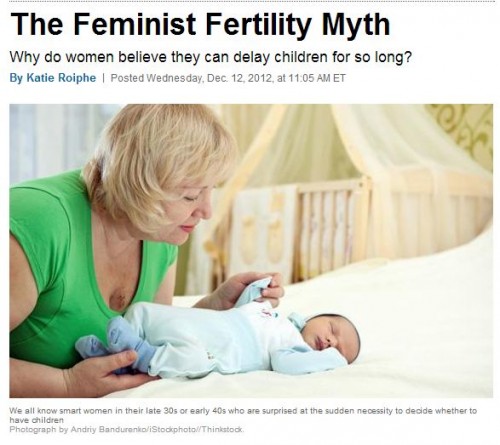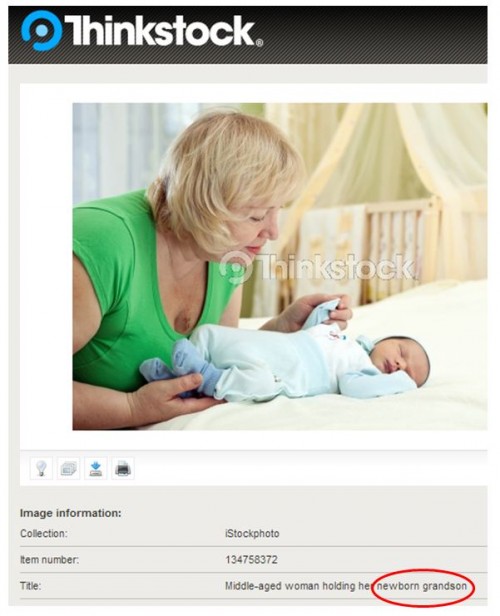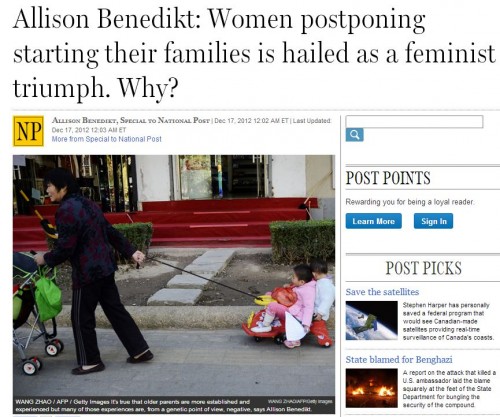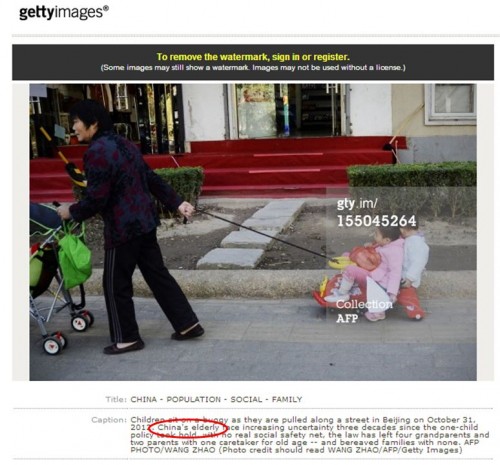Robb S. sent along a great set of images from Vulture. Using case studies of individual leading men in Hollywood, they show that the love interests cast in their films don’t age alongside them over the course of their careers. Not convinced? Here’s nine examples and one exception. For fun, try to guess which leading man bucks the trend? I’ll embed it last.
Lisa Wade, PhD is an Associate Professor at Tulane University. She is the author of American Hookup, a book about college sexual culture; a textbook about gender; and a forthcoming introductory text: Terrible Magnificent Sociology. You can follow her on Twitter and Instagram.












